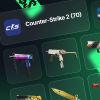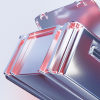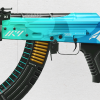In Counter-Strike 2, players spend thousands of in-game dollars on buying vests and helmets in every match. But half of that money goes to waste. A nightmare! The CS.MONEY Blog explains how armor works in CS2 and gives tips on how to avoid mistakes when purchasing it.
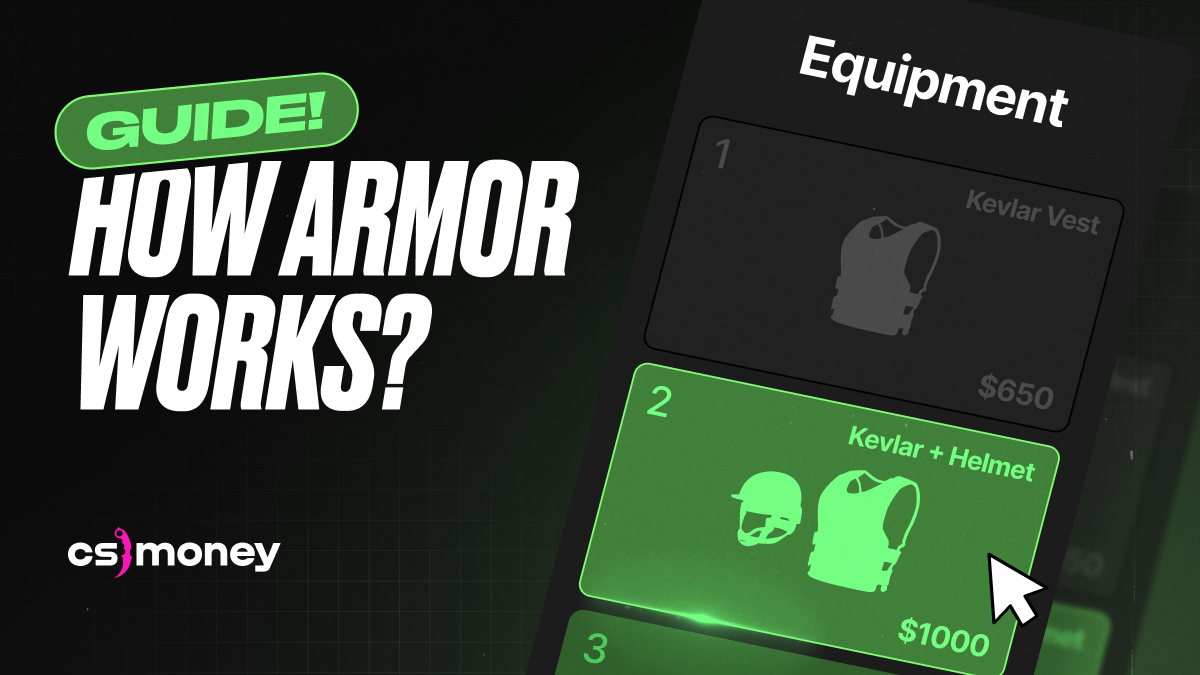
One place where you definitely won’t make mistakes is when choosing skins! They are all fantastic and add plenty of positive emotions to the game. Stock up in just a few clicks on CS.MONEY!
How does armor work in CS2?
Armor in CS2 reduces incoming damage from most sources and significantly decreases the effect of “aim punch.” It always functions, regardless of the remaining armor points.
Armor damage should be considered when purchasing gear. A helmet can only be bought if the vest is completely intact. That means if the vest is damaged, you’ll have to pay not just 350 in-game dollars for the helmet but 1000 – 350 for the helmet and 650 for a new vest. Let’s break down both effects separately.
Armor damage reduction has several key nuances:
- Armor protects the torso, stomach, and arms. Legs and the head are not protected! A helmet must be purchased separately to protect the head.
- The amount of damage received depends on the shooter’s weapon. The higher the weapon’s armor penetration value, the less damage will be absorbed by the armor.
The second point deserves special attention. Take, for example, the AK-47. The base damage of the AK is 36, and its armor penetration is 77.5%. A shot to the chest without armor deals 36 damage.
If armor is present, the shot will only deal 77.5% of that damage. In this case, that’s slightly less than 28 damage. Put simply, it takes three AK-47 chest shots to kill an unarmored opponent, but four shots if they have armor.
What is an aim punch in CS2?
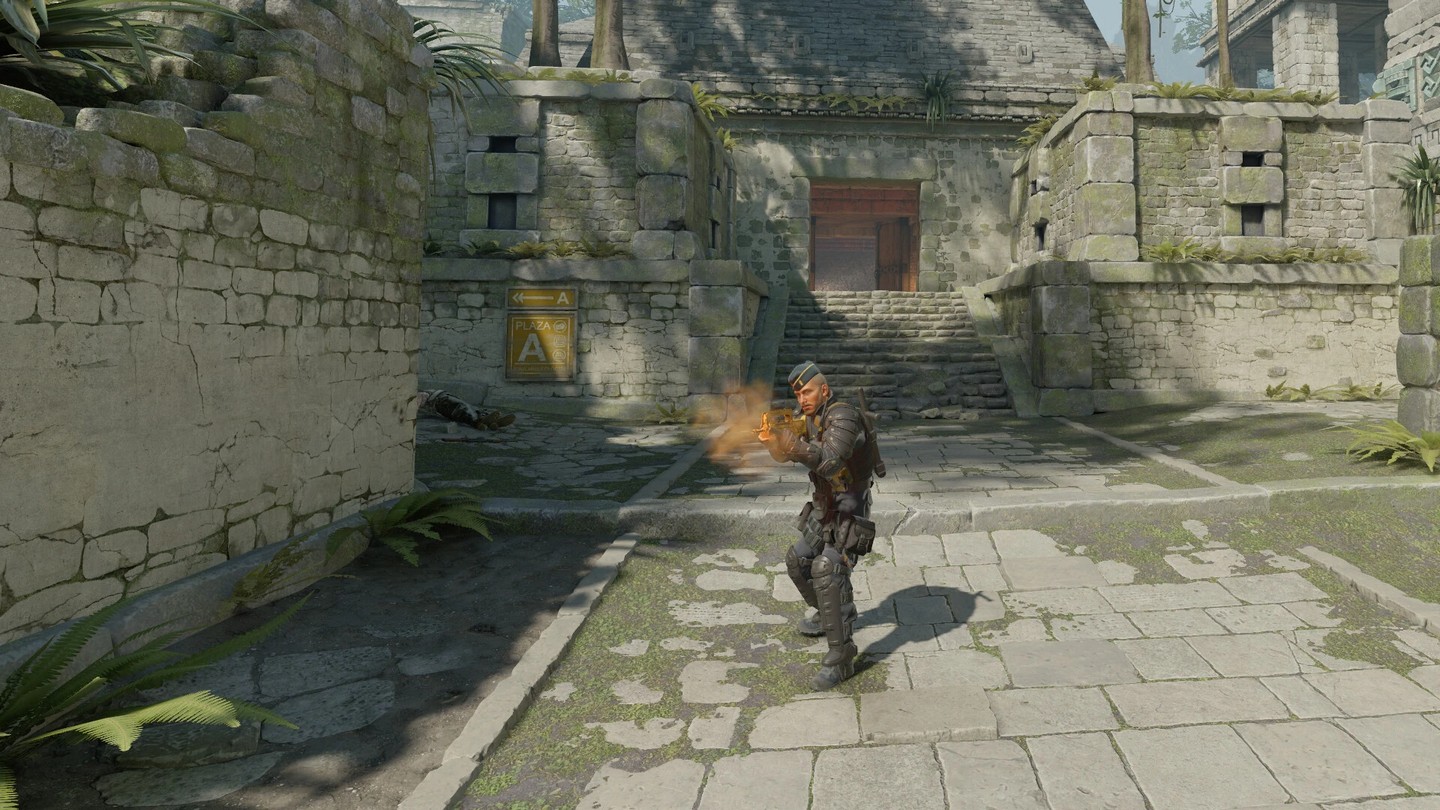
In addition to reducing damage, armor also decreases the effect of aim punch by 20 times. The reduction is significant, but what does the term actually mean? Every hit in CS2 comes with several effects. Besides the obvious damage, shots also impact crosshair movement and movement speed. The upward recoil of the crosshair when hit is called aim punch, while reduced movement speed is known as tagging.
Armor significantly reduces crosshair recoil by 95%. Because of this, a player with armor has a major advantage in firefights. If they survive the first shot, they can continue aiming instead of struggling to regain control of their crosshair.
When to buy armor in CS2?

A full set of armor (vest and helmet) costs 1000 in-game dollars. That’s the price of a set of grenades or nearly the full cost of an MP9 or MAC-10. Such an investment should be made wisely.
When to buy a vest in CS2:
- If you don’t have one and have enough money;
- In all buy rounds after dying in the previous round;
- In pistol rounds if the focus is on weapons rather than grenades;
- When armor durability drops to 35 points or lower.
It’s worth noting that buying a helmet isn’t always necessary. For the defending side, a helmet is often of little use in buy rounds, as both the AWP and AK-47 one-shot to the head regardless of helmet presence. On the other hand, attackers should always buy a helmet. Not just the M4A1-S and M4A4, but even the USP-S, the CTs’ starting pistol, can kill with a headshot at 40 meters if the enemy has no helmet. Playing without a helmet in such a situation is an unnecessary risk.
Armor is a crucial piece of equipment in CS2. It provides an advantage in firefights by not only increasing survivability but also nearly eliminating the impact of getting shot on your aim. Buying armor is always a good decision—except in eco rounds and when “upgrading” existing armor with more than 35 durability points.

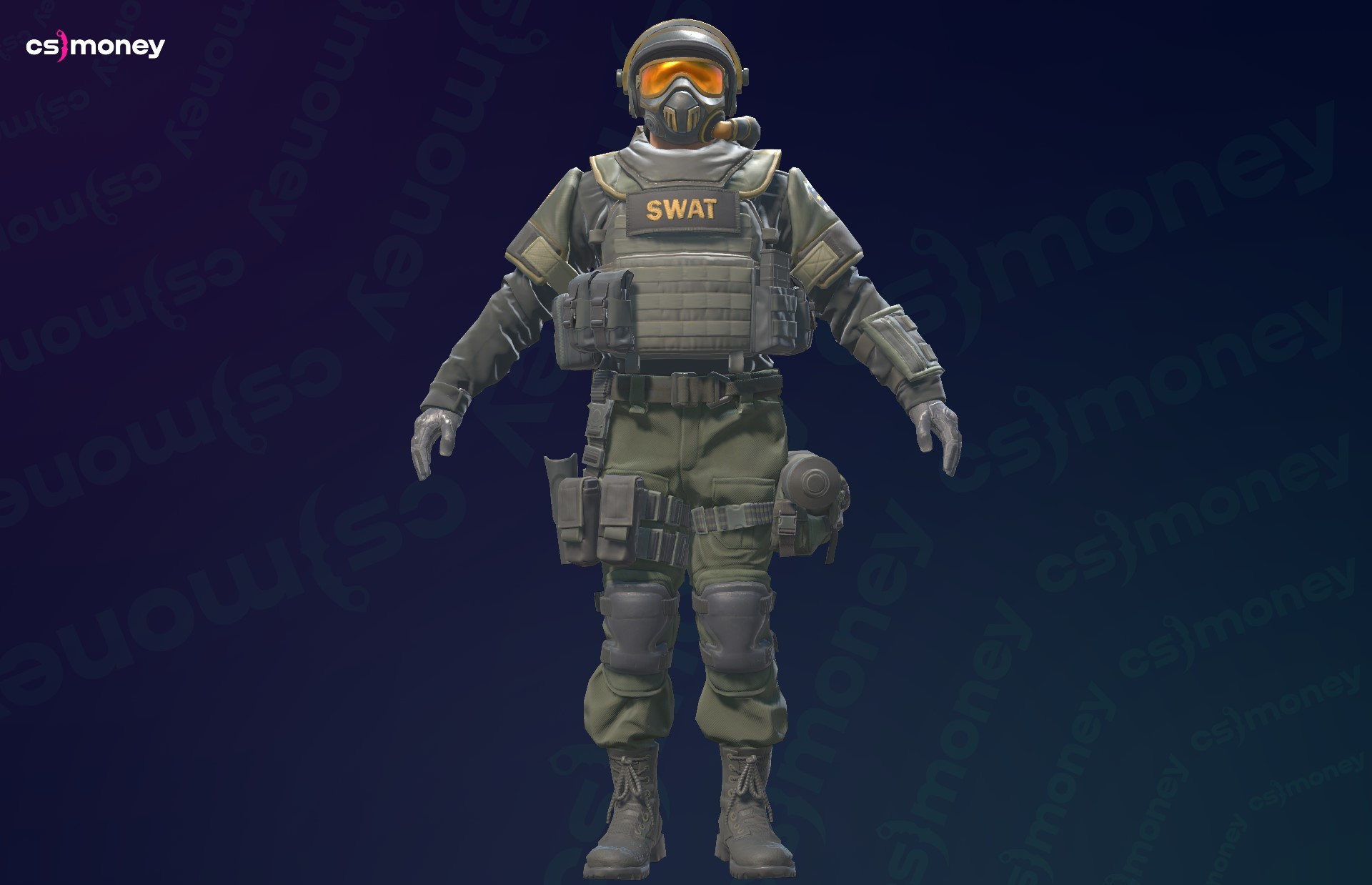



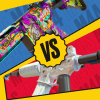



![The Gallery Case Skin Creators Interviews: m03h & AK-47 The Outsiders [BATTLE PASS CODE INSIDE]](https://cs.money/blog/wp-content/uploads/sites/2/2024/10/m03h.png)

